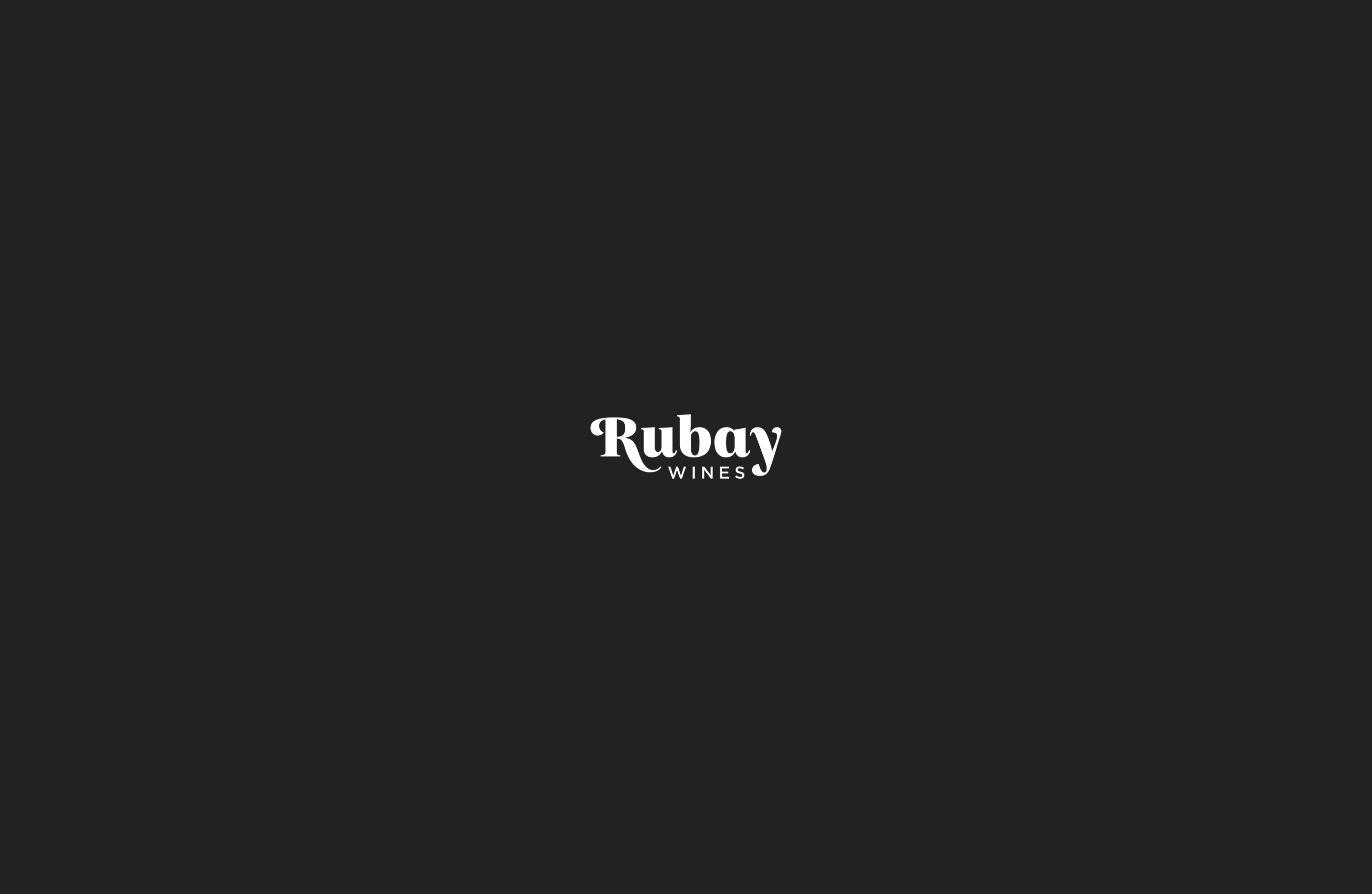2024
Rubay Wines

Background
Rubay Wines revolutionises the wine-matching experience offering a seamless bridge between businesses & their customers. GPT-Sommelier ( AI-driven ) powers its suite of SAAS products that pair customers with personalised wine selection choices based on their taste preferences.
Skills
Secondary research, Persona's, Customer journey, Storyboard / Current & Future, User flow, Eco-systems, Hi-fidelity designs, Trade-offs.
Problem
Price range, Lack of product information, Specialised terminology & An option to taste with a meal/snack make it a challenging task for many customers to choose their preferred wines.
Outcome
Acquisition rates No.of customers acquired / B2B. Due to the initial stages of the product for its business demos, We couldn’t plan for continuous improvement in evaluating the designs. Understanding the drop-off rates & taking a mixed-method approach may help in the future.
Team
1 CEO & Founder.

Relied on secondary research to understand the possible customer segments & their journey
Persona’s
Customer segments fall into three separate categories. To speed up the designs for business demos, We didn’t spend time in primary research to understand their background, Goals & challenges. Novices are starting to explore & may have limited knowledge & experience, Enthusiasts are deeply passionate & knowledgeable about wines, Connoisseurs are exceptional & have a refined understanding of wines.
Customer journey
Upon arrival, Customers can complete a survey using a tablet at a kiosk or on their mobile by scanning a QR code. They are then recommended wines to taste. Representatives in the venue then receive their responses & keeps track of the wine selections to serve them in a sequence as recommended.
Storyboard / Current
The survey includes understanding customer's language preferences, Options to choose their tasting plan curated by the venue, The number of wines they’d like to taste, Their wine styles & aroma choices along details like their name & e-mail. Representatives have options to choose customer’s preferred table number & towards the end, They could also rate the recommended wines that customer’s might have tasted along with their purchase status.

Price range, Lack of product information, Specialised terminology & Option to pair with meal/snack
Problem
Wine prices can range dramatically, From a few dollars to hundreds of dollars per bottle. Customers have to balance their budget, In some settings there may be limited information provided about each wine, Making it harder for customers to evaluate. Wine has its specialized vocabulary, from terms like "tannins" and "acidity" to descriptors, Choosing the right wine to complement a meal/snack can be challenging, As different wines pair better with certain foods than others.

Limited by time & existing tech constraints, We couldn't move forward with the newly proposed ideas
Storyboard / Future
Based on secondary research, I proposed updates to the existing survey. It includes understanding a customer’s budget, Giving more information about the wines & basic details about the industry terminologies. Options to choose their preferred meal/snack & towards the end options to provide feedback on the recommended wines & their purchase status. Since there was no buy-in for the updates to the survey, We didn’t think about the updates required for the representative's part.
User flow
Given time & with a design-first approach, The goal was to rework the existing information architecture to simplify the user flow. This includes but is not limited to, Understanding a customer's details like name & e-mail upfront. Followed by their wine-tasting session preferences, Ending with their feedback on the recommended wines & the purchase status.
Eco-systems
GPT-Sommelier ( AI-driven ) also powers its website widget to pair customers with personalised wine choices based on their taste preferences. The proposed changes in the survey in the new web experience would mean upgrading its existing tech & website widget to keep the entire experience consistent across different eco-systems.

To speed up the design process for business demos, We didn't test both on the front & backstage
Hi-fidelity designs
Used an existing user-interface kit to pull all the basic elements required for the design, This includes foundational elements like the grids, type & familiar mobile pattern components. All while keeping the context & conventions in mind.
Usability testing
Given time, Testing the user experience might have involved understanding the survey filling experience in the front stage & processing the same at the backstage in an un-moderated setting to understand the drop-off rates.
Trade-offs
Having a set number of options within a wine-tasting plan & Asking customers to choose their preferred number of wines to taste may hide some parts of the existing inventory, In return may reduce conversion. Giving customers the option to provide feedback on the wine that they might have tasted & decide if they want to purchase or not eliminates bias & improves the overall digital experience, In return improves the product offering.
Takeaways
It’s better to understand the context/scenarios by doing some secondary research, Explaining the outcomes of ideas rather than simply proposing a solution helps.
"Although he was tackling an industry very new to him, His enthusiasm & dedication were evident. We prioritised completing the designs quickly"
Avron Rubin / CEO & Founder